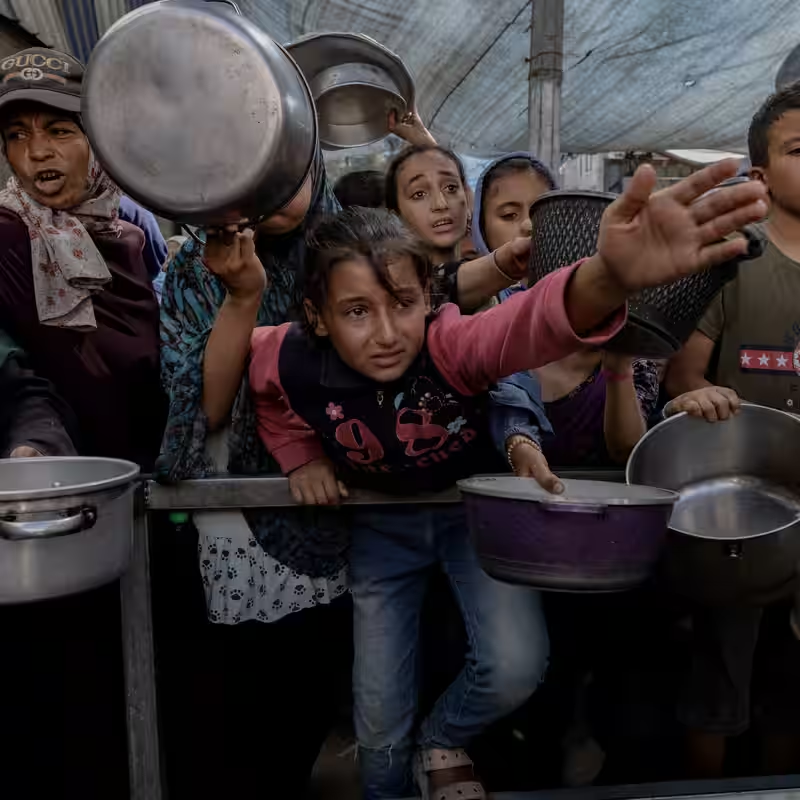Table of Contents
- Cease-Fire Opens Door for Massive Aid Push
- What Aid Is Ready—and Waiting
- Logistics Challenges: From Rafah to Rubble
- Gaza’s Humanitarian Crisis: By the Numbers
- Beyond Food: Shelter, Health, and Hope
- Obstacles Ahead: Politics, Security, and Bureaucracy
- Sources
Cease-Fire Opens Door for Massive Aid Push
For the first time in months, a fragile glimmer of hope is emerging in Gaza. Following the new Israel-Hamas cease-fire agreement, international aid groups are mobilizing at unprecedented speed to deliver lifesaving supplies to a population pushed to the brink by war, displacement, and famine.
Central to the deal is the reopening of the Rafah border crossing—the critical lifeline between Egypt and Gaza—and a commitment to dramatically increase daily aid deliveries. Humanitarian teams, many of whom have been sidelined by restrictions and insecurity, are now on high alert, ready to move the moment the green light is given.
What Aid Is Ready—and Waiting
According to UNRWA, the U.N. agency for Palestinian refugees, warehouses are already stocked with enough food, medicine, and shelter materials to fill 6,000 trucks. The U.N.’s broader humanitarian network has over 180,000 tons of assistance “already moving,” with more en route.
“Our teams are ready,” said Juliette Touma, UNRWA spokesperson. “We just need the green light to drive those trucks and get them in so our staff can deliver aid directly to people in need.”
Logistics Challenges: From Rafah to Rubble
Even with the cease-fire in place, getting aid to those who need it remains a monumental task. Most of Gaza’s infrastructure—roads, water systems, sewage networks—lies in ruins. Fuel shortages have crippled transportation, and many areas remain too dangerous for aid workers to enter.
Under the January 2025 truce, 600 aid trucks entered Gaza daily through Rafah, with Palestinian Authority and EU monitors overseeing distribution. Aid groups hope to replicate—and exceed—that model. But past experience shows that promises on paper don’t always translate to reality on the ground.
Gaza’s Humanitarian Crisis: By the Numbers
| Indicator | Current Status |
|---|---|
| Population in need of food aid | Nearly 2 million (entire population) |
| People facing famine conditions | 500,000+ |
| Displaced persons | Over 1.7 million |
| Children needing education access | ~700,000 |
| Aid trucks needed daily | 600+ |
Beyond Food: Shelter, Health, and Hope
The U.N.’s 60-day emergency plan goes far beyond food distribution. It includes:
- Cash assistance to 200,000 families for basic needs
- High-energy nutrition packs for pregnant women and children
- Emergency medical teams and mobile clinics
- Reopening of educational spaces for 700,000 children
- Restoration of water, sewage, and waste management systems
“We can scale up food, water, medical and shelter assistance at once,” said U.N. Secretary-General António Guterres. “But to turn this cease-fire into real progress, we need more than the silencing of the guns.”
Obstacles Ahead: Politics, Security, and Bureaucracy
Despite the urgency, major hurdles remain. Aid groups have long accused Israel of imposing excessive restrictions on what can enter Gaza—blocking items like tents, generators, and even certain medicines. A new U.S.-backed aid system launched in May, the Gaza Humanitarian Foundation, operates only four distribution hubs, down from hundreds under the previous U.N. model.
Tragically, some of the deadliest incidents near aid sites occurred under this new system, with witnesses reporting Israeli forces opening fire on crowds. Israel claims it acted to “control crowds,” but the U.N. says hundreds of civilians were killed in these episodes.
For aid to succeed now, humanitarian workers need full, safe, and sustained access—not just temporary corridors. As Tom Fletcher, the U.N.’s top humanitarian official, put it: “This is the moment to deliver aid at the scale needed—to reach every family in dire need.”




